Understanding Custom Built Storage Sheds
What Are Custom Built Storage Sheds?
A custom built storage shed is a tailored solution designed to meet the specific needs of the owner, constructed to accommodate various tools, equipment, and recreational items. Unlike pre-fabricated or kit sheds, these structures allow homeowners to specify dimensions, materials, and design features that align with their aesthetic preferences and practical usage. They can be designed to blend seamlessly into the landscape or stand out as an architectural feature. This flexibility makes custom built storage sheds a popular choice among homeowners looking to optimize their outdoor space.
The Advantages of Custom Solutions
Custom built storage sheds offer numerous benefits that go beyond mere aesthetics:
- Tailored Design: Owners can choose the shed’s design, ensuring it fits their style and functional needs.
- Quality Materials: Customers can select high-quality materials that enhance durability and longevity.
- Maximized Functionality: Custom solutions can include specialized features such as built-in shelving, ventilation, and electrical outlets.
- Property Value Increase: A well-designed shed can enhance the overall appeal and value of a property.
- Enhanced Organizational Options: Unique layouts can cater to specific storage needs, improving organization.
Popular Styles and Designs
When considering custom built storage sheds, it’s essential to explore popular styles and designs, as they can significantly influence the shed’s functionality and appearance. Common styles include:
- Garden Sheds: Designed primarily for gardening tools and supplies, often featuring decorative elements.
- Workshop Sheds: Larger, insulated structures equipped for various DIY projects and crafts.
- Utility Sheds: Simple designs focused on practicality and maximizing space without elaborate refinements.
- Small Barns: Charming, barn-style storage sheds that add character to rural properties.
- Playhouses: Custom designed for children, providing a whimsical space that doubles as storage.
Key Considerations for Design
Choosing the Right Materials
The choice of materials is crucial when designing a custom storage shed. Popular materials include:
- Wood: Offers a natural look and can be easily customized; however, it requires regular maintenance to protect against rot and pests.
- Metal: Highly durable and resistant to weathering, metal sheds often come in pre-fabricated panels.
- Vinyl: Weather-resistant and low maintenance, vinyl is an excellent option for those seeking longevity with minimal upkeep.
- Composite Materials: Offers the natural look of wood with added durability and less maintenance.
Size and Space Planning
Before building a custom storage shed, it is vital to determine the appropriate size. Factors to consider include:
- Intended use: Identifying what will be stored allows for a more effective design to maximize space.
- Available land: Measuring the available space will help in creating a layout that fits seamlessly into the surroundings.
- Future needs: Considering possible future storage requirements can prevent the need for another shed.
Incorporating Personal Style
Your storage shed should be an extension of your home and reflect your personality. To incorporate your style, consider:
- Color schemes that blend or contrast with your home.
- Architectural features like gables, dormers, or decorative trim.
- Landscaping around the shed to create an inviting atmosphere.
Building Your Custom Shed: The Process
Planning and Design Phase
The planning process is critical for a successful shed installation. This phase includes:
- Sketching out ideas: Create rough sketches of your desired shed layout and features.
- Research: Looking into local building codes and regulations that might affect your design.
- Consultation: Engaging with a builder or designer can provide insights and refine your plans.
Permitting and Regulations
Before construction, it’s essential to check with local authorities regarding:
- Building permits required for your area.
- Zoning laws that may restrict the size or location of your shed.
- Homeowner association regulations, if applicable.
Construction Tips for Success
Once planning is complete, construction begins. Here are some tips to ensure success:
- Site Preparation: Clear the area where the shed will be built to ensure a level foundation.
- Foundation: Decide on a suitable foundation to prevent water damage, such as a concrete slab or wooden skids.
- Follow Design Plans: Stick to your plans during construction to avoid unnecessary changes and costs.
Common Challenges and Solutions
Weatherproofing Your Storage Shed
Weatherproofing is essential to prolong the life of your shed. Consider these solutions:
- Use weather-resistant materials, such as treated wood or vinyl.
- Install proper insulation if you plan to use the shed for sensitive items or as a workspace.
- Seal any gaps or seams to prevent water intrusion.
Addressing Space Limitations
For those with limited space, several strategies can maximize storage:
- Vertical storage: Utilizing shelves and wall-mounted organizers can free up floor space.
- Multi-functional furniture: Invest in items that serve multiple purposes, like a workbench with storage underneath.
- Custom shelving solutions: Tailoring shelves to fit specific tools or equipment can maximize every inch of space.
Budgeting for Your Project
Having a clear budget is crucial to avoid overspending. Here are steps to create a realistic budget:
- Assess all potential costs, including materials, labor, permits, and additional features.
- Consider DIY options for aspects of the build that you can manage yourself.
- Allocate a contingency fund for unexpected expenses.
Maximizing the Utility of Your Shed
Organizational Techniques for Sheds
Efficient organization is key to maximizing the usefulness of your storage shed. Utilize the following techniques:
- Labeling: Clearly label bins and shelves to make locating items easier.
- Zone Management: Create zones for different categories of items to streamline access.
- Regular Decluttering: Schedule seasonal check-ins to remove unnecessary items and keep the space functional.
Integrating Shelving and Storage Options
Incorporating smart storage solutions is essential to maximizing space:
- Built-in shelving: Consider installing shelves that fit the specific dimensions of your tools and equipment.
- Pegboards: Install pegboards on walls for hanging tools and accessories.
- Storage boxes and bins: Use clear bins for visibility—make sure they are stackable for efficiency.
Seasonal Maintenance Best Practices
To ensure the longevity of your custom shed, regular maintenance is essential. Follow these best practices:
- Inspect the roof and walls for signs of wear or damage, addressing issues promptly.
- Clean gutters and drains to prevent water buildup.
- Reapply weatherproofing sealants annually as needed to maintain integrity.
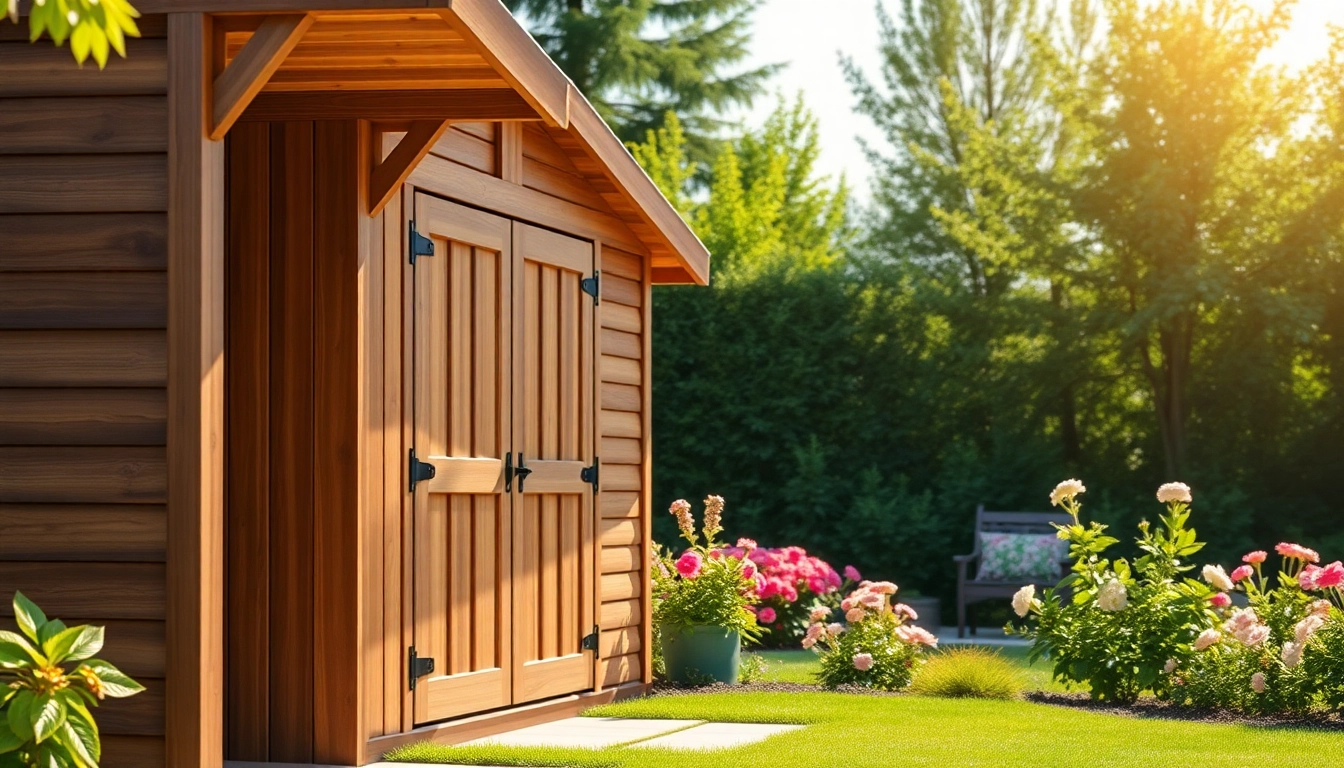
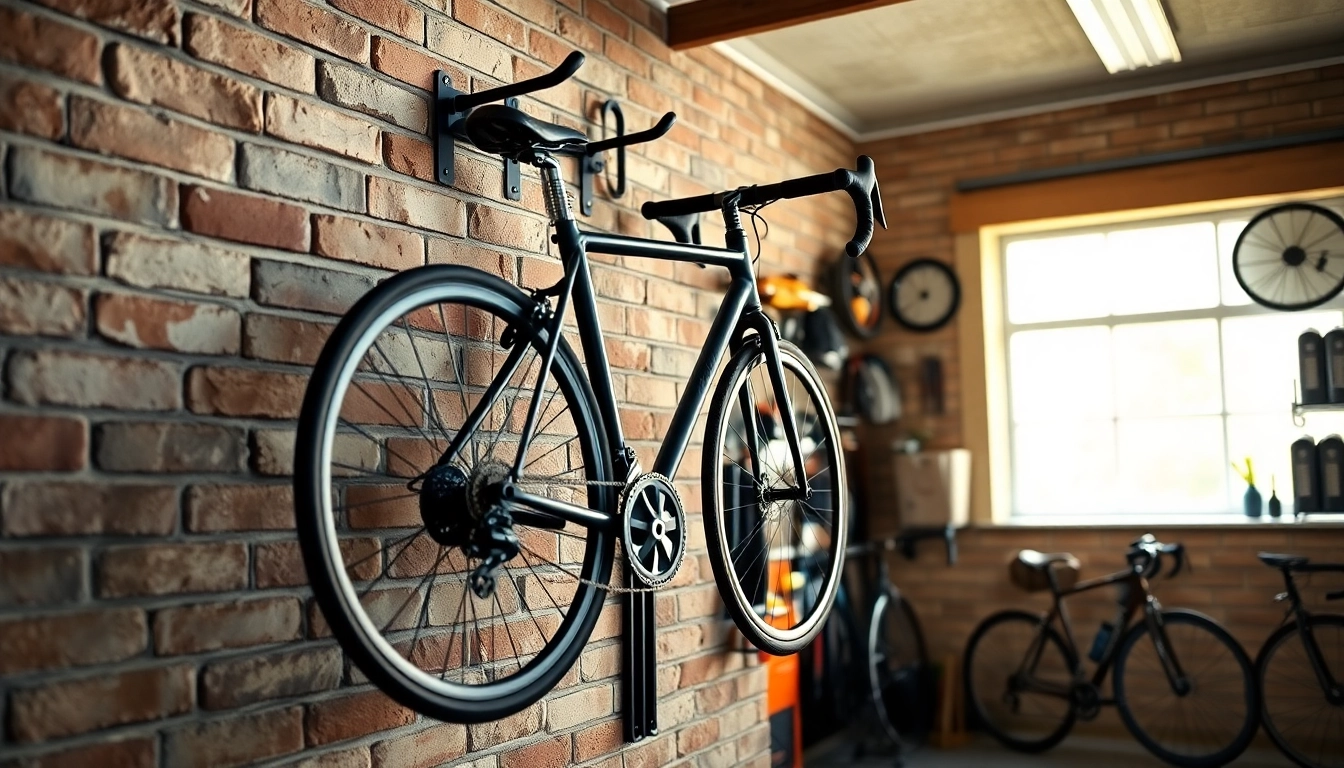

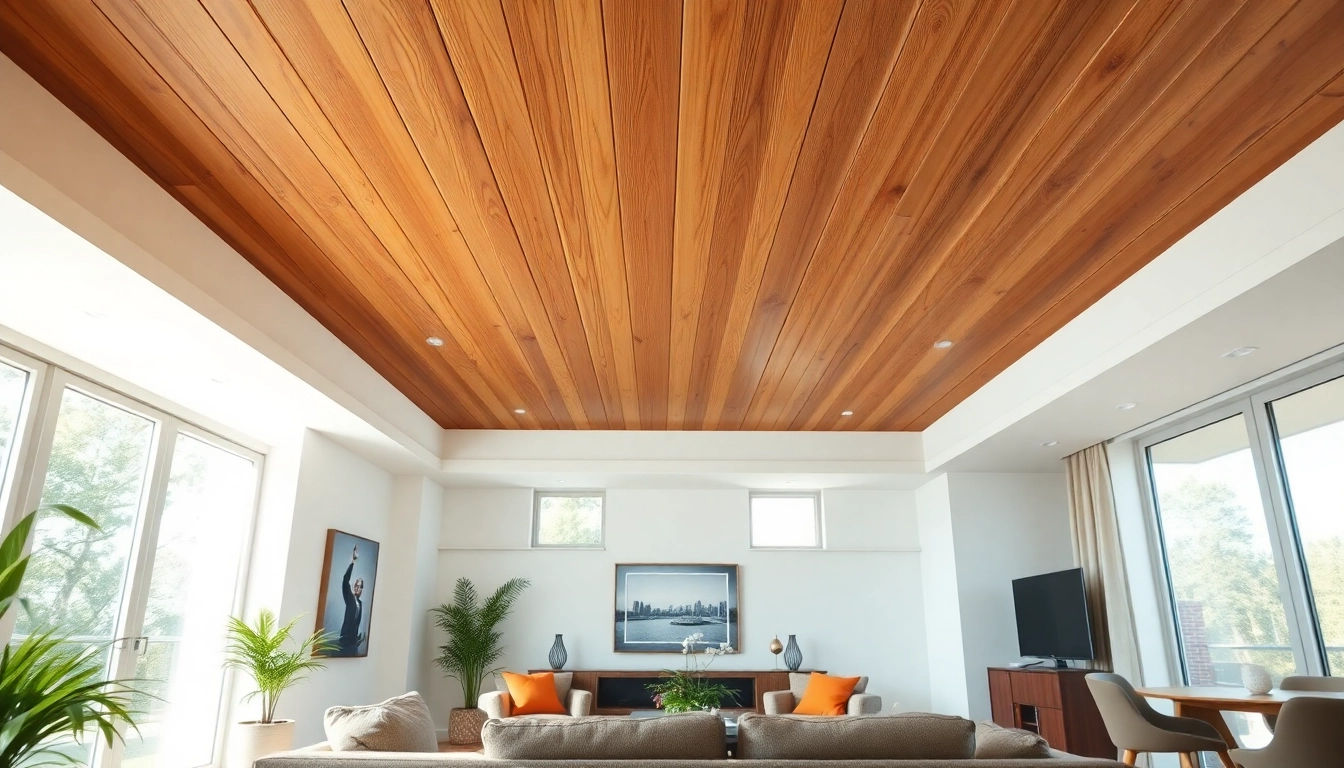

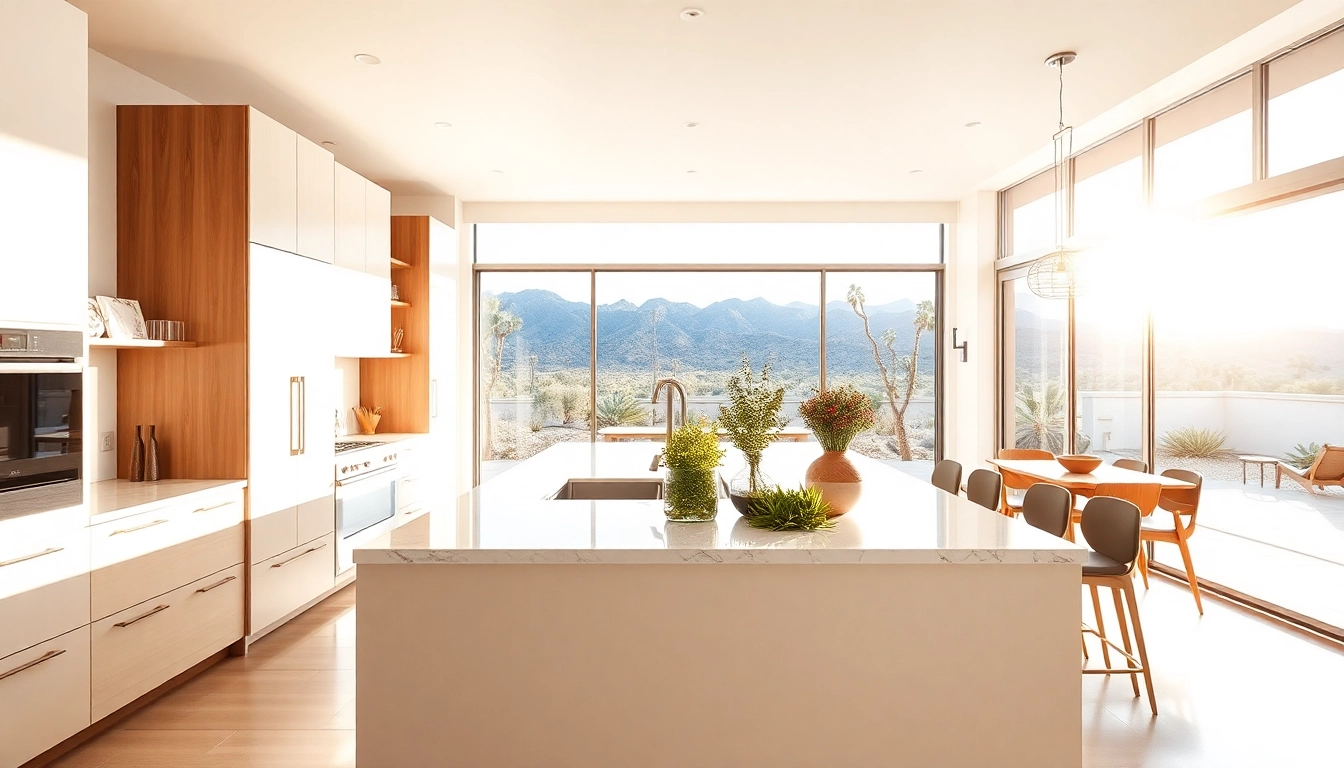
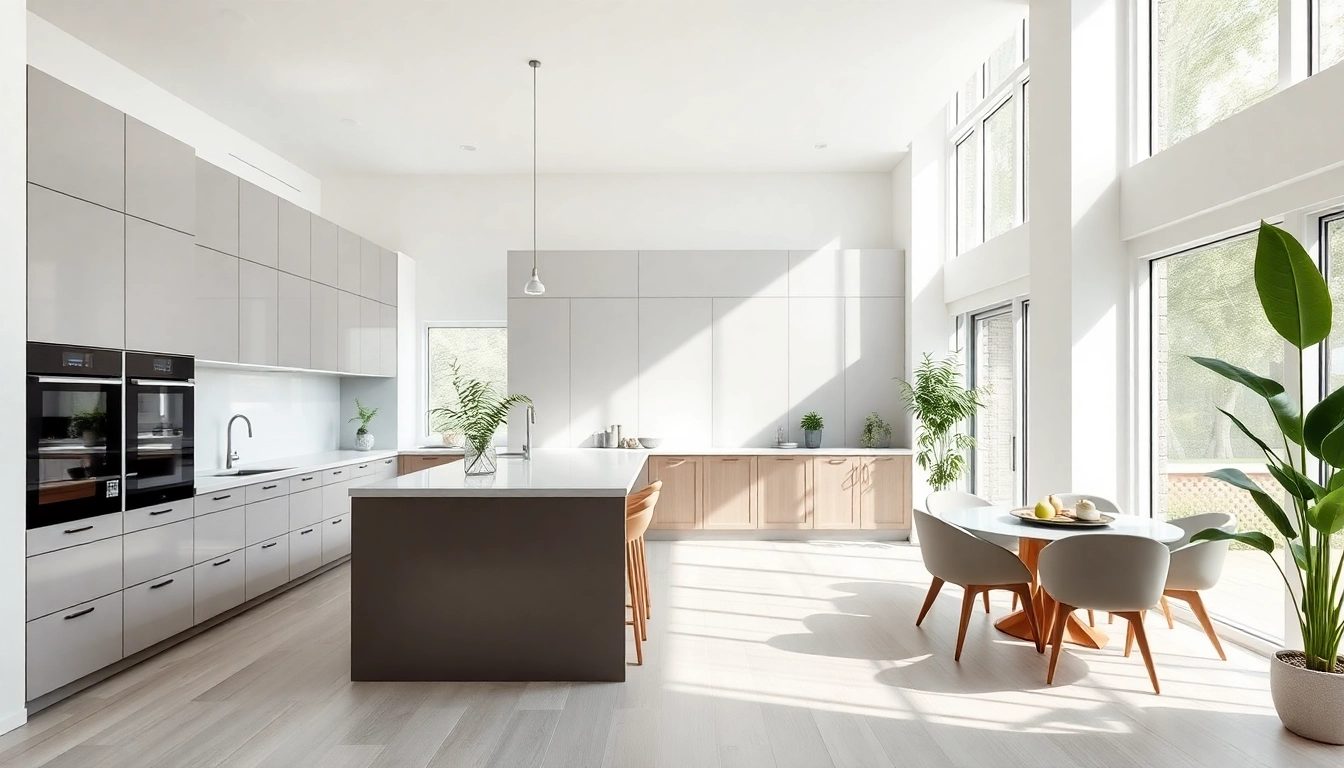



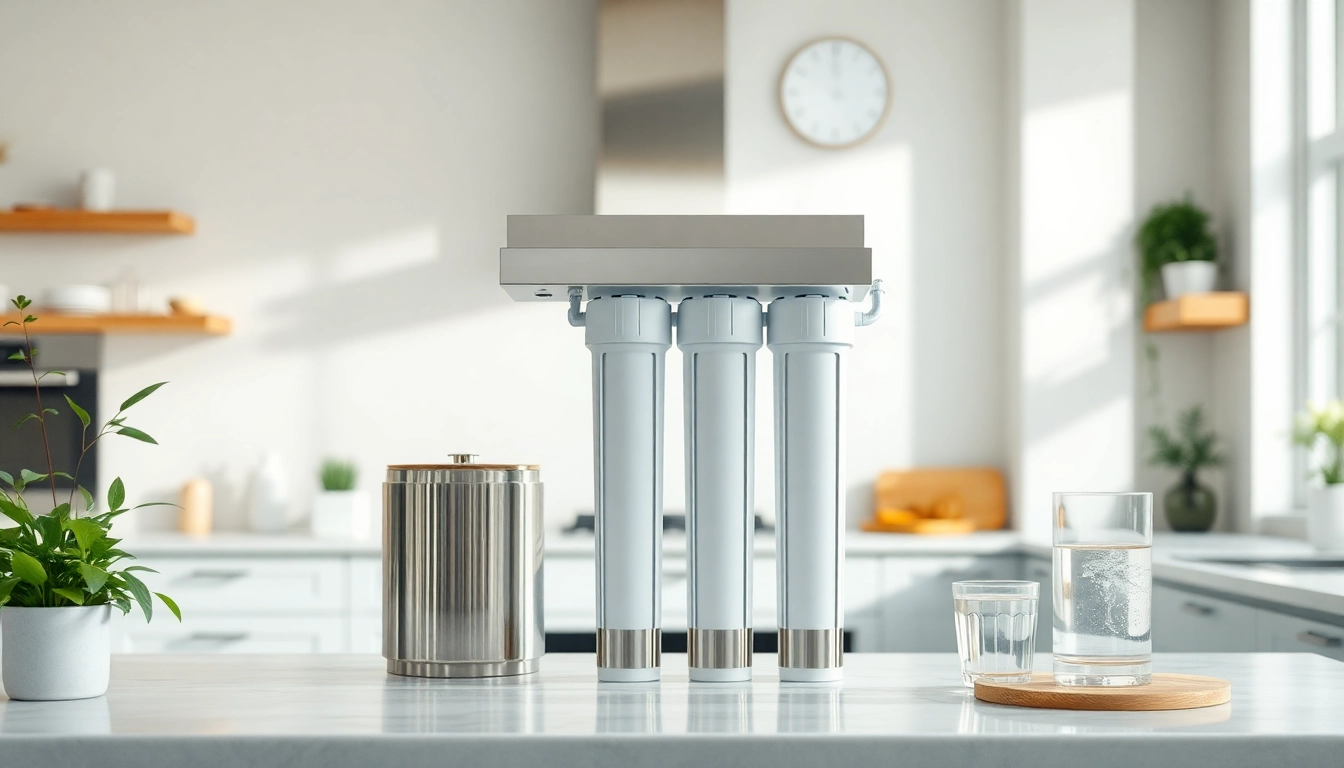




Leave a Reply